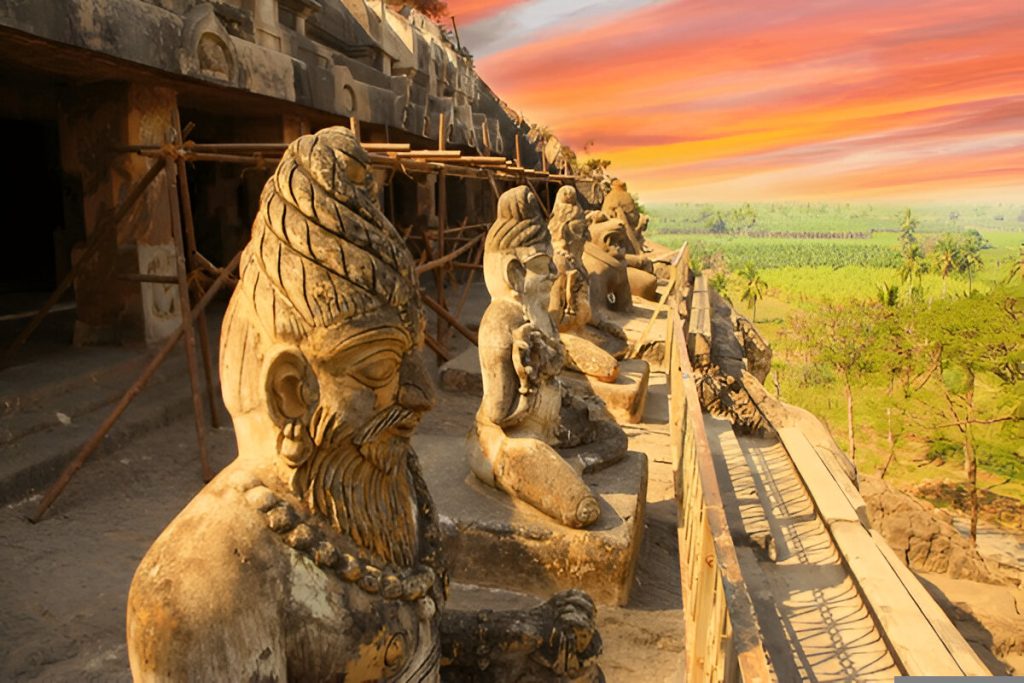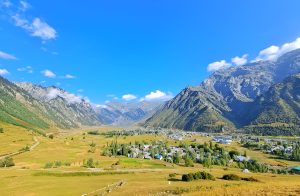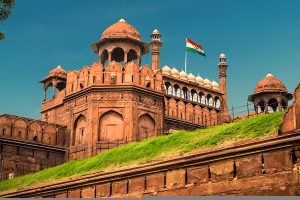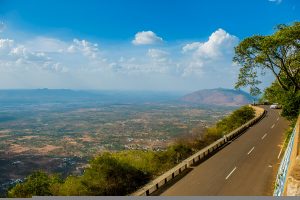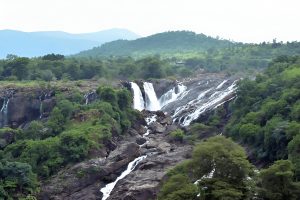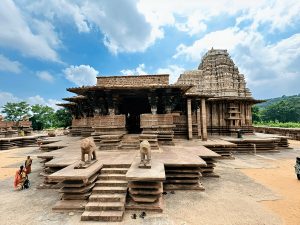Set in the peaceful rural backdrop of Andhra Pradesh’s Guntur district, the Undavalli Caves are a testament to India’s cultural and religious heritage. Cut from rock-solid sandstone, these four-storey rock-cut temples present a window into the artistic and spiritual efforts of ancient societies.
Architectural Marvels
The Undavalli Caves are renowned for their impressive rock-cut architecture. The main cave, the largest among them, is a four-storey structure measuring 29 meters in length and 16 meters in width. Each floor showcases unique architectural features:
- Ground Floor: An unfinished hall with eight pillars and seven door openings, serving as a low-pillared hall.
- First Floor: Houses shrines dedicated to the Hindu trinity—Shiva, Vishnu, and Brahma—each with a pillared hall in front. The walls are adorned with frescoes depicting scenes from mythological stories.
- Second Floor: Features a rectangular pillared hall with a shrine of Lord Vishnu reclining on a serpent. Sculptures from the Chalukyan period and Vaishnava deities embellish the walls.
- Top Floor: An unfinished triple shrine, showcasing the evolving architectural styles of the period.
A notable feature is the 5-meter-long statue of Lord Vishnu in a reclining position, sculpted from a single granite block. Some scholars suggest that this statue might represent a Jain Tirthankara, highlighting the site’s religious diversity.
How to Reach
- By Air: The nearest airport is Vijayawada International Airport (VGA), about 28 kilometers away. From there, taxis or buses can be hired for the short journey to the caves.
- By Train: Vijayawada Junction is well-connected to major cities across India. From the station, taxis or auto-rickshaws can be taken to the caves.
- By Road: State-run buses operated by APSRTC connect Vijayawada and Guntur to the Undavalli Caves. Private taxis and auto-rickshaws are also readily available.
Inside the Caves
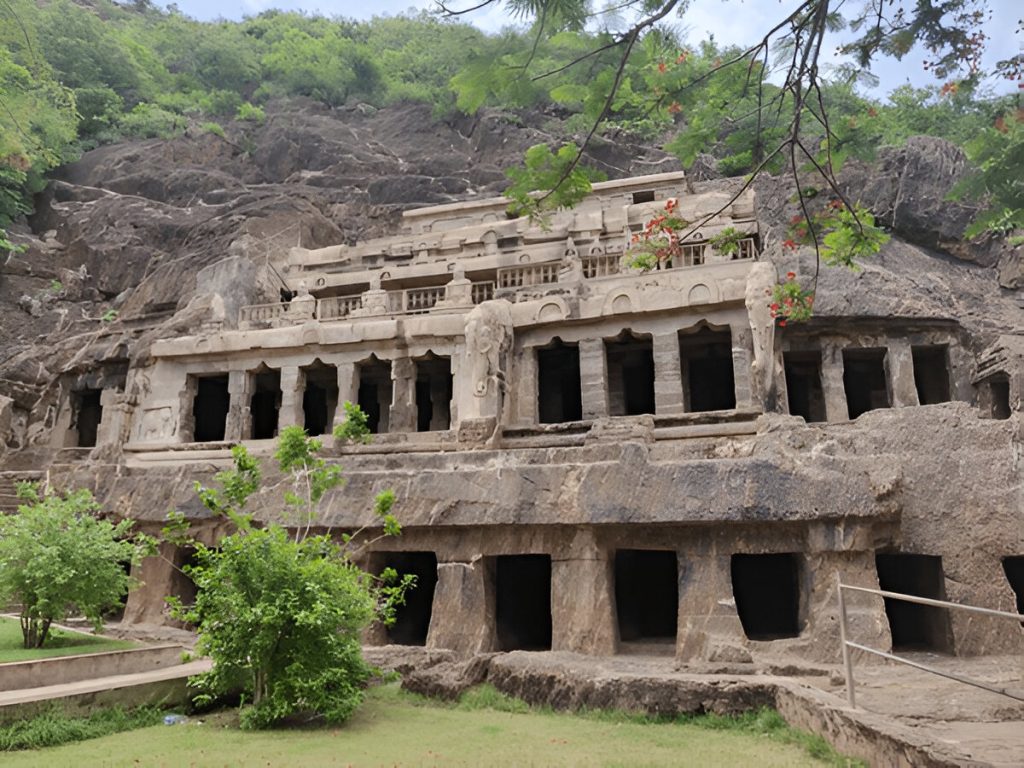
Inside the caves, visitors encounter a blend of religious influences
- Jain Influence: The first floor retains Jain architectural elements, featuring monastic cells and tirthankara sculptures.
- Buddhist Influence: The caves were used by Buddhist monks as rest houses, evident from the cave’s design and structure.
- Hindu Influence: The upper floors showcase Hindu deities, with intricate carvings and sculptures depicting scenes from Hindu mythology.
The caves’ walls display sculptures carved by skilled craftsmen, representing various deities and mythological stories.
Challenges and Preservation
Despite their historical significance, the Undavalli Caves face challenges related to preservation and accessibility:
- Weathering: Exposure to the elements has led to the erosion of some sculptures and carvings.
- Tourism Impact: Increased footfall has raised concerns about the preservation of the site.
- Accessibility: While the caves are accessible by road, the terrain can be challenging for elderly visitors or those with mobility issues.
Efforts by the Archaeological Survey of India aim to address these challenges and ensure the site’s preservation for future generations.
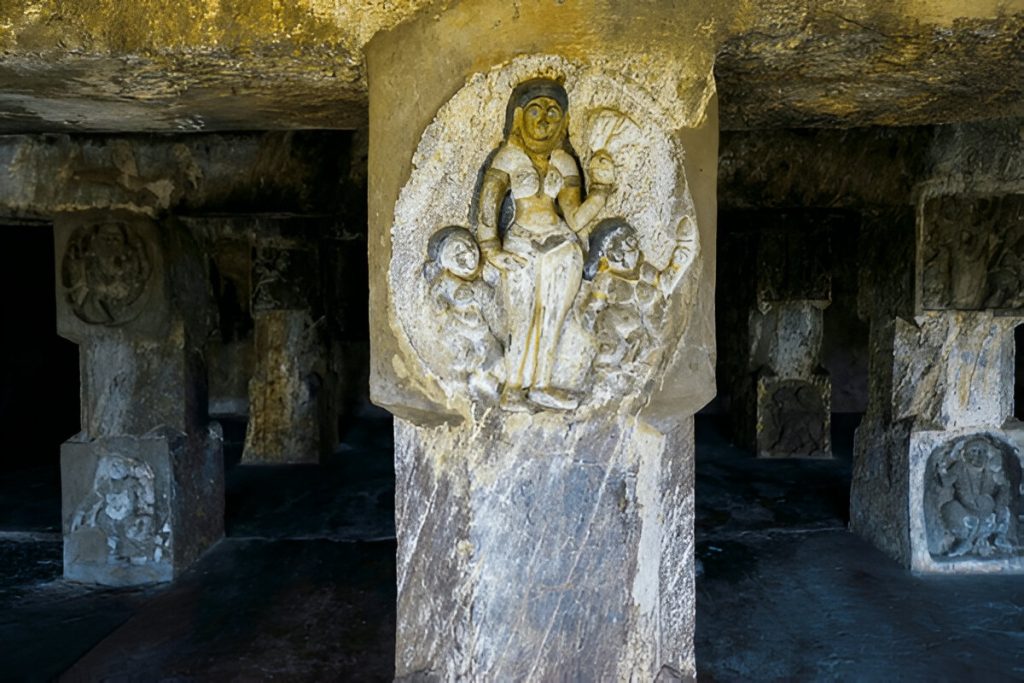
Visiting Information
- Timings: The caves are open daily from 9:00 AM to 6:00 PM.
- Entry Fees: For Indian citizens: ₹30; Foreign nationals: ₹100; Children: ₹10.
- Best Time to Visit: October to February offers cooler temperatures, making it the ideal time to explore the caves.
Nearby Attractions
- Kanaka Durga Temple: Located in Vijayawada, this temple is dedicated to Goddess Durga and offers panoramic views of the city.
- Akkanna Madanna Caves: Situated in Vijayawada, these caves are known for their historical significance and architectural beauty.
- Mangalagiri Hill Temple: Located near Mangalagiri, this temple is dedicated to Lord Panakala Narasimha Swamy and is known for its unique rituals.
Conclusion
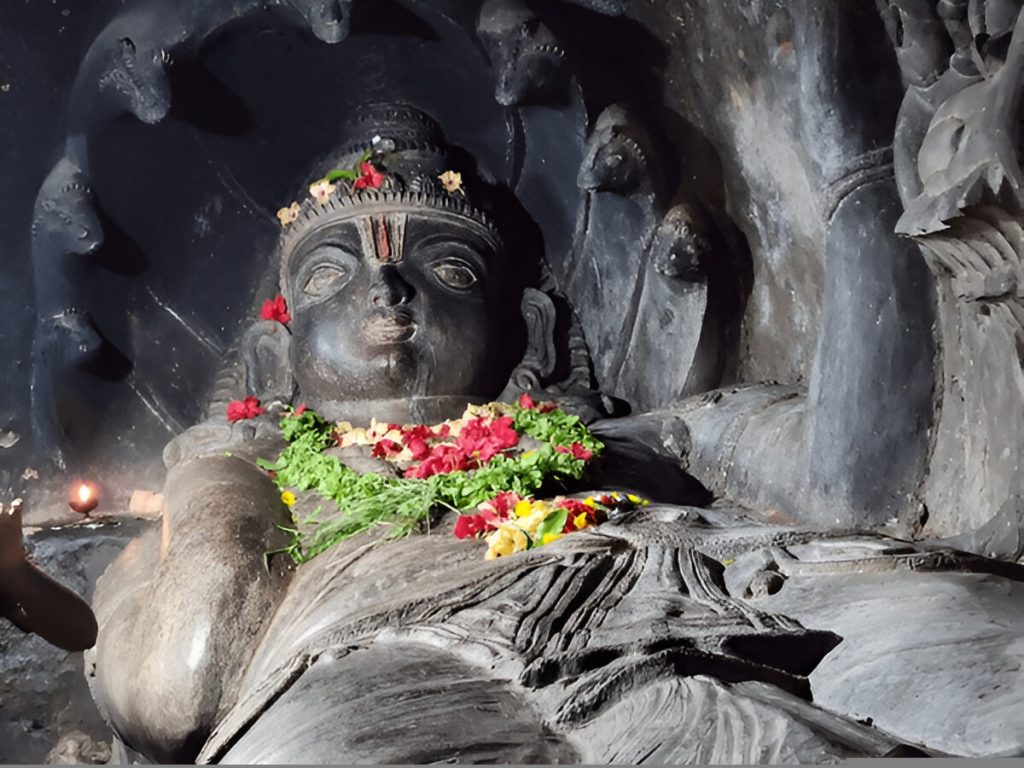
The Undavalli Caves present a rare chance to see the coming together of Jain, Buddhist, and Hindu styles of architecture. Their intricate carvings, historical value, and peaceful environs make them an absolute must-see for history buffs and seekers of the spiritual alike. Visiting these caves is not merely an excursion through stone but also through the vast and varied fabric of India’s religious and architectural history.

